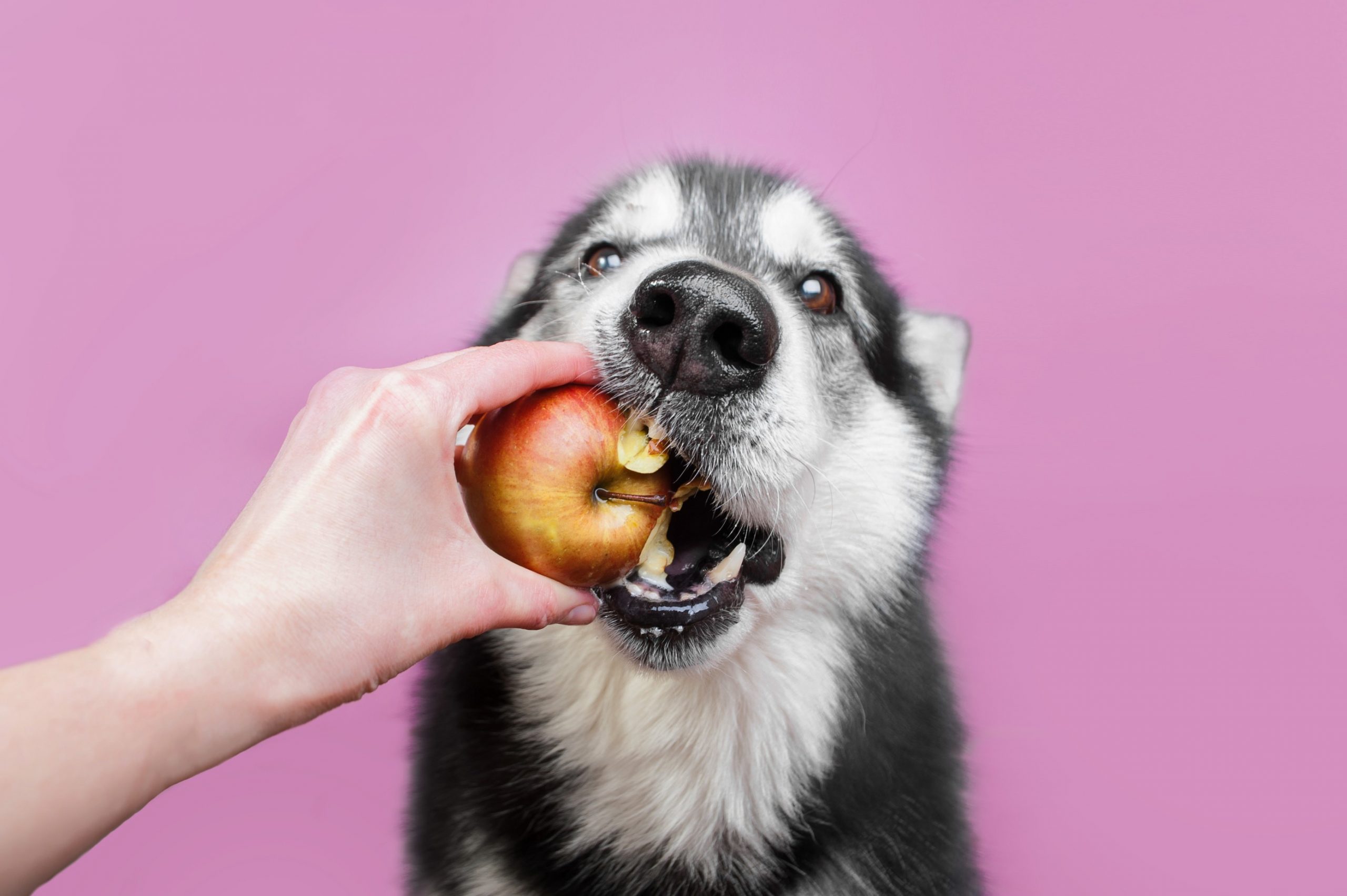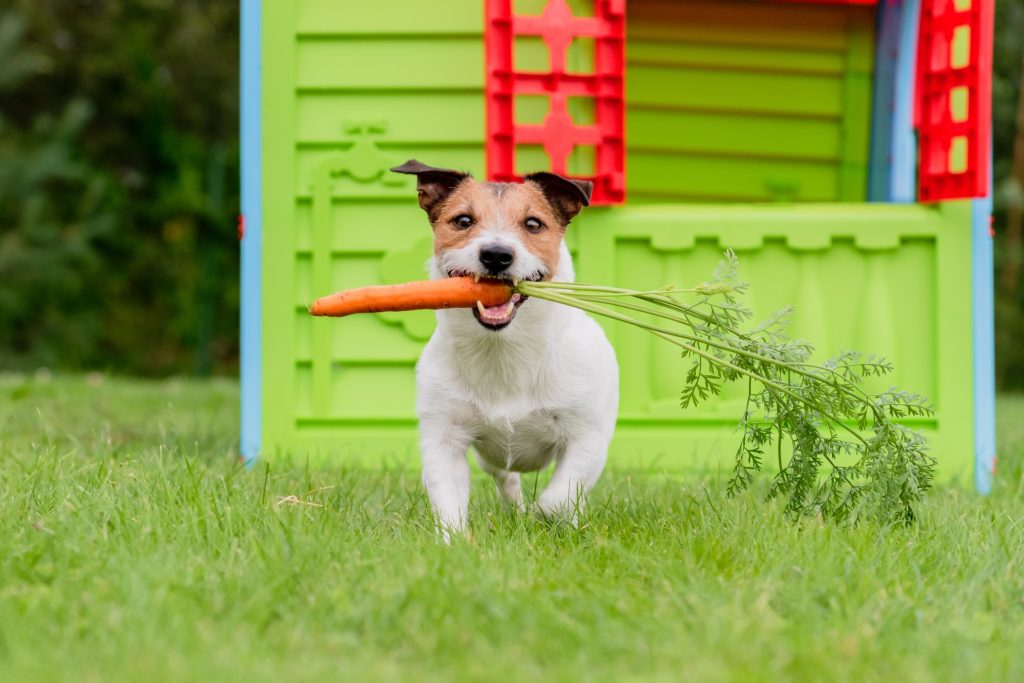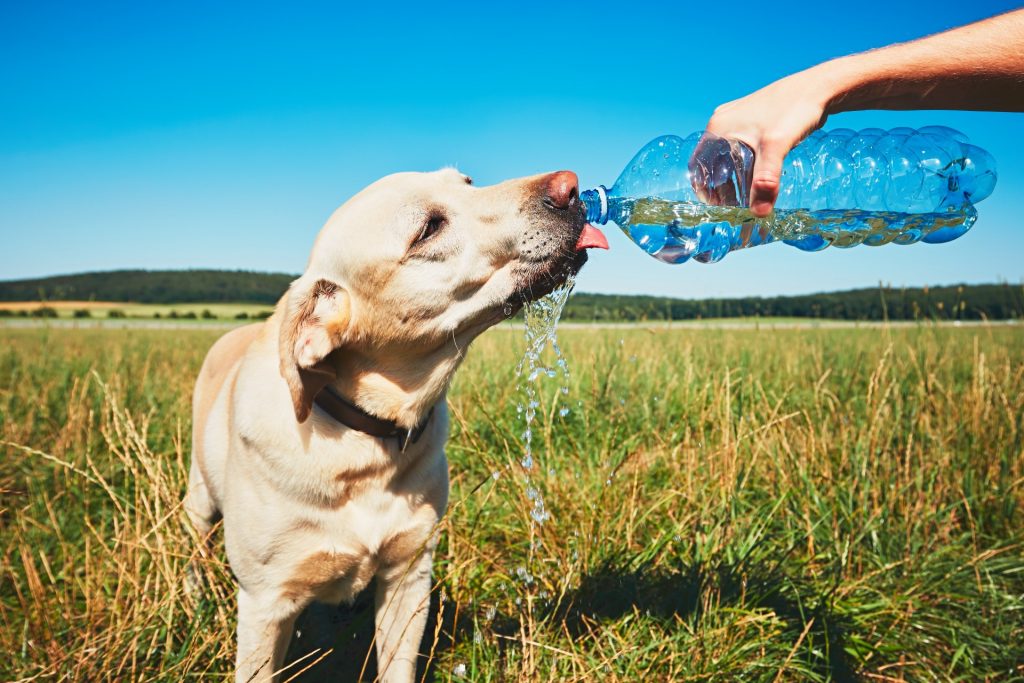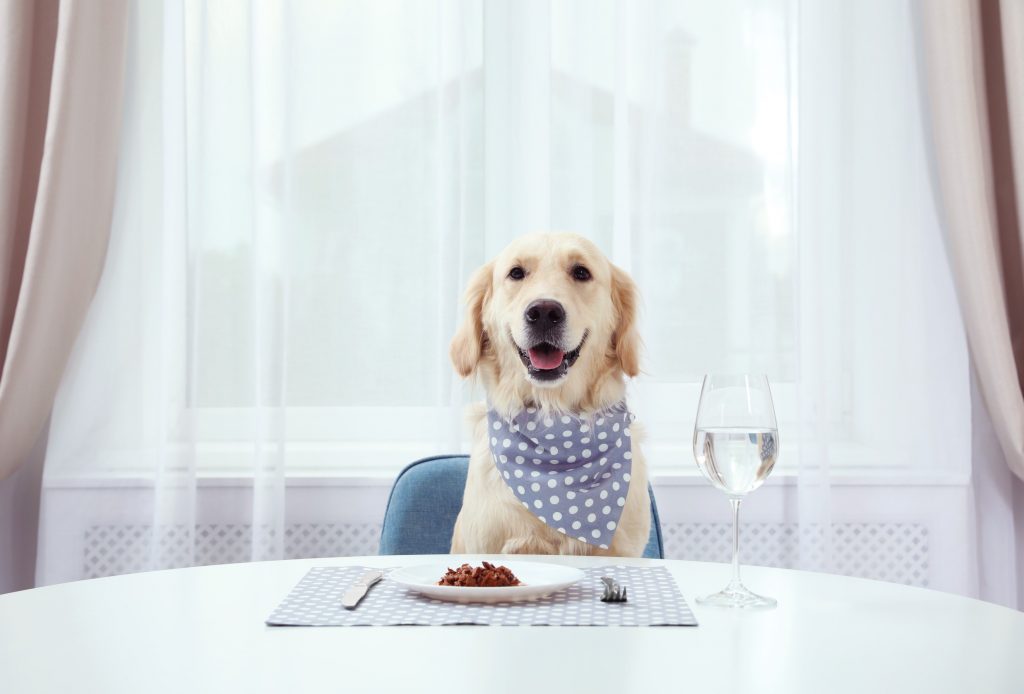How a Rainy Night and Beyoncé Kept DC Metro Running
August 9, 2023
In the captivating world of music and entertainment, artists wield a unique power that extends beyond the boundaries of the stage, leaving an indelible mark on the hearts and minds…

Sharing a meal with your furry friend can be a heartwarming experience. But as a responsible dog owner, it’s crucial to ensure the food you offer from your plate is safe and healthy for your canine companion.
Apples, Berries, and More!
Fruits are packed with vitamins, fiber, and antioxidants, making them a healthy addition to your dog’s diet. Apples, for example, are a crunchy and refreshing choice, rich in vitamin C and fiber.
Berries, such as blueberries and strawberries, offer a boost of antioxidants that promote overall well-being. Remove any seeds, pits, or cores, as they can harm your pup’s health.
Carrots, Green Beans, and Beyond!
Vegetables are an excellent source of essential nutrients for dogs. Carrots are low in calories and fiber, promoting healthy digestion and dental health. Green beans provide vitamins and minerals while being low in calories, making them an excellent option for dogs on a weight management plan.
Be sure to cook or steam vegetables to enhance digestibility and avoid seasonings like salt, garlic, or onion, which can harm dogs.

Chicken, Turkey, and Fish, Oh My!
Lean proteins are vital for your dog’s muscle development and overall health. Chicken and turkey are lean, easily digestible options that can be offered in small portions. Ensure the meat is thoroughly cooked and free from garlic or onion powder seasonings.
Fish, such as salmon or sardines, are rich in omega-3 fatty acids, contributing to a healthy coat and joint health. However, be cautious with fish bones and avoid excessive seasoning.
Rice, Oats, and Quinoa Delights
Grains can provide dogs with essential carbohydrates and fiber. Whether white or brown, rice is gentle on the stomach and beneficial during digestive upset. Oats offer a vital source of fiber and are often found in high-quality dog food.
Quinoa, a trendy superfood, is a gluten-free grain packed with protein and minerals. Introduce grains gradually and observe your dog’s response for any signs of intolerance.
Eggs are a versatile and protein-rich option that can be shared with your dog. Scrambled eggs make for a tasty treat, but ensure they are cooked without any added oils, seasonings, or ingredients like onions. Eggs provide essential amino acids and vitamins, improving your dog’s health.
Remember that some dogs may have allergies or sensitivities to eggs, so introduce them gradually and monitor your dog’s response.

Proper hydration is essential for your dog’s overall health and well-being. While water should always be the primary source of hydration, there are a few safe and refreshing drink options you can offer your furry friend:
a. Coconut water: Rich in electrolytes, coconut water can be a hydrating and tasty treat for your dog. Ensure it is pure and free from additives like sugar or artificial flavors.
b. Bone broth: Homemade bone broth, made from simmering bones and vegetables, can provide hydration and essential nutrients. It’s an excellent option for dogs recovering from illness or those with finicky appetites.
c. Herbal infusions: Some herbal infusions, such as chamomile or mint, can be safe for dogs in moderation. These infused waters can offer a refreshing twist to your dog’s hydration routine.
Remember to introduce these alternative drinks gradually and monitor your dog’s response to ensure they tolerate them well. It’s always a good idea to consult your veterinarian before submitting new beverages.
In addition to sharing food from your plate, you can also prepare homemade treats for your dog. You have complete control over the ingredients by making treats and can cater to your pup’s dietary needs. Here are a few ideas for healthy and homemade treats:
a. Frozen treats: Mix plain yogurt with mashed fruits like bananas or berries, pour the mixture into ice cube trays, and freeze. These frozen delights can be a refreshing and nutritious snack on a hot day.
b. Baked treats: Explore dog-friendly recipes for homemade biscuits or cookies using wholesome ingredients like pumpkin, oats, or peanut butter. Avoid ingredients like chocolate or artificial sweeteners, as they can harm dogs.
c. Kong stuffing: Fill a Kong toy with a mixture of dog-friendly foods like mashed sweet potatoes, cooked chicken or turkey, and a spoonful of peanut butter. This interactive treat provides mental stimulation and rewards your pup’s effort to extract the delicious filling.
While sharing food with your dog can be enjoyable, it’s essential to keep a few considerations in mind:
•Portion Control: Ensure the portions are appropriate for your dog’s size, breed, and dietary needs. Overfeeding can lead to weight gain and other health issues.
•Allergies and Sensitivities: Some dogs may have allergies or sensitivities to certain foods. Introduce new foods gradually and observe any adverse reactions, such as digestive upset, itching, or respiratory issues.
•Hazardous Foods: Avoid sharing foods toxic to dogs, including chocolate, grapes, raisins, onions, garlic, avocados, and foods containing xylitol (a sweetener in some sugar-free products).
•Preparation and Seasonings: Remove any seeds, pits, bones, or cores from fruits and vegetables. Cook foods thoroughly and avoid seasonings like salt, garlic, or onion, as they can harm dogs.

Following proper food handling practices is vital to ensure their health and safety. Here are some essential guidelines to keep in mind:
a. Wash hands thoroughly: Before handling any food for your dog, wash your hands with soap and water. This helps prevent the transfer of harmful bacteria or contaminants.
b. Avoid cross-contamination: Keep separate cutting boards, utensils, and plates to prepare and serve your dog’s food. This prevents cross-contamination between raw meats, vegetables, and other ingredients.
c. Know your dog’s specific dietary needs: Each dog is unique, and their nutritional needs may vary based on age, breed, and health conditions. Consult with your veterinarian to ensure the foods you share align with your dog’s dietary requirements.
d. Store food properly: If you have leftovers from your plate to share with your dog, store them in airtight containers in the refrigerator. Use them within a safe time frame to prevent spoilage and bacterial growth.
Sharing safe and healthy human foods with your dog can enhance the bond between you and your furry friend. By incorporating fruits, vegetables, lean proteins, grains, and occasional treats into their diet, you can provide nutritional benefits and cater to their taste preferences.
Remember to consider portion sizes and allergies and avoid hazardous foods. Always consult your veterinarian to ensure your dog’s dietary requirements are met.
Love this article? Don’t forget to bookmark this page or post to your timeline for reference later!